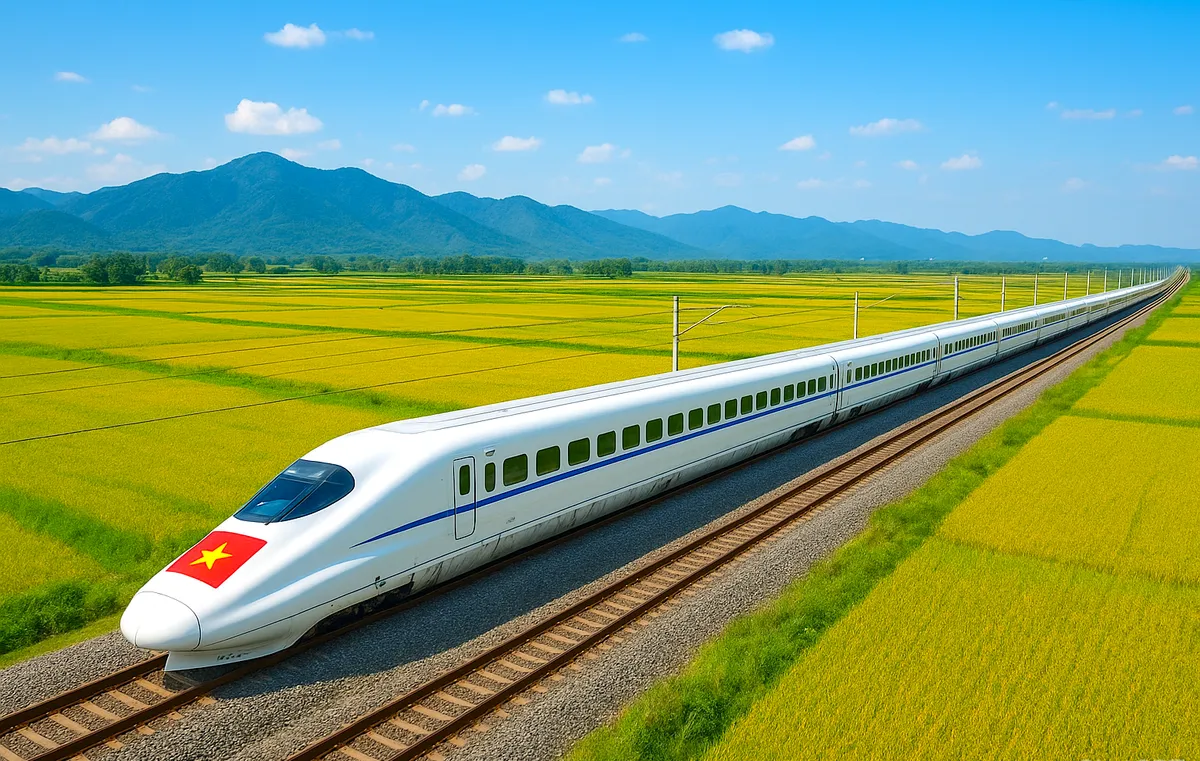
The Ministry of Construction has completed the draft project "Training and developing human resources for Vietnam's railways by 2030, with a vision to 2045", to ensure high-quality human resources for construction and mastering high-speed railway technology and electrification (Photo: AI created).
Railway ambitions and human resource challenges
Vietnam is on the threshold of a revolution in the transport sector with a series of key national railway projects, including the North-South high-speed railway, the Lao Cai - Hanoi - Hai Phong route, and 28 urban railway lines in Hanoi and Ho Chi Minh City. These projects are not only a driving force for socio -economic development but also a strategic step towards the goal of industrialization and modernization of the country. However, accompanying these ambitions is a big challenge: the problem of human resources.
According to the draft project "Training and developing human resources for Vietnam's railways by 2030, with a vision to 2045" submitted by the Ministry of Construction to the Government , the railway industry is facing a serious shortage in both quantity and quality of human resources. In particular, the team of experts with the capacity to master high technology, manage complex projects and operate modern systems is almost absent. This poses a big risk: Vietnam may become completely dependent on foreign partners throughout the life cycle of projects, from design, construction to operation. In fact, most of the industry's core technologies, such as locomotive design, signaling systems, and electrification, are still imported.
20-year roadmap: Training 140,000 human resources
Realizing the urgency of the problem, the Ministry of Construction's project has put forward a clear and ambitious strategy: to synchronously train 140,000 railway workers with high technological capacity to meet the requirements of large projects. The goal is to gradually help Vietnam master technology, improve competitiveness and develop a self-sufficient and sustainable railway industry.
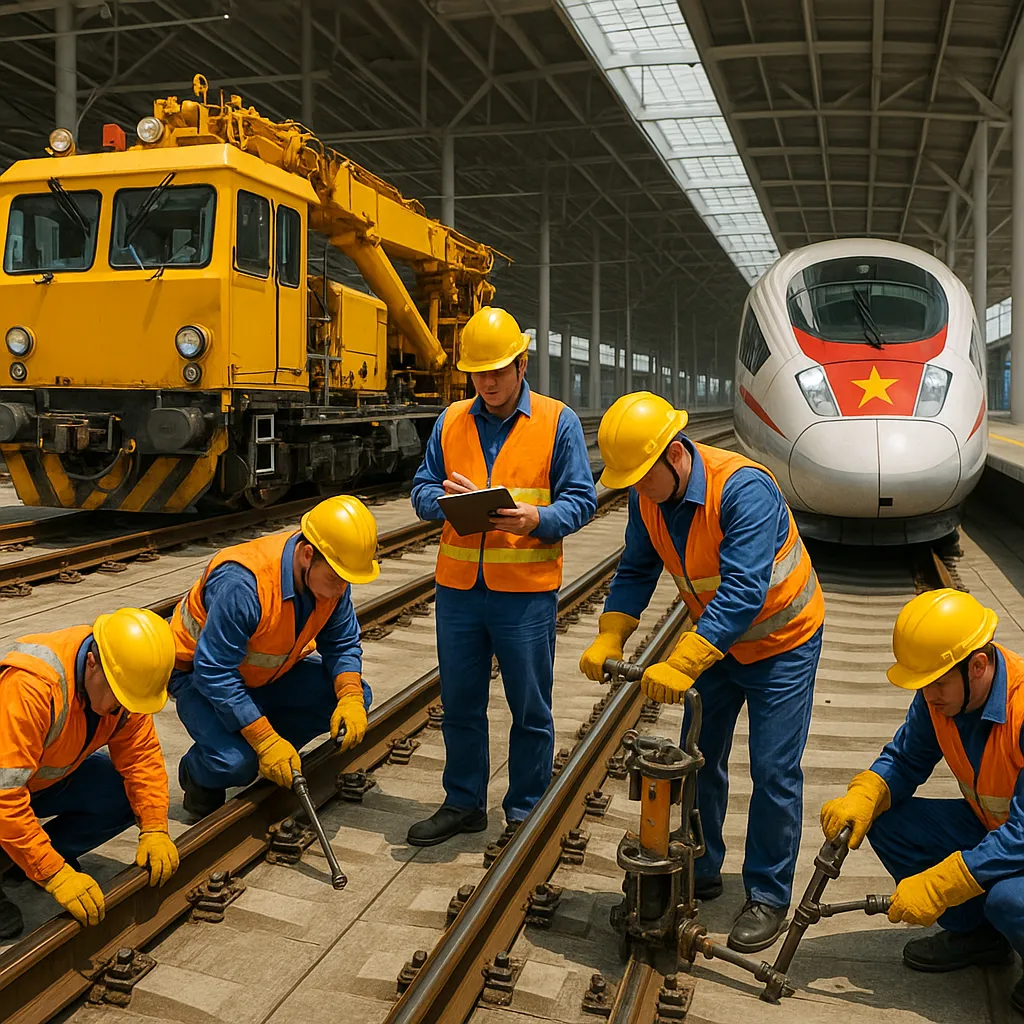
According to calculations, by 2045, it will be necessary to train about 140,000 human resources at all levels and in all industries (Photo: AI-generated railway maintenance at the station).
The roadmap is divided into two main phases:
Phase 1 (2025-2030): The goal is to train at least 35,000 human resources , focusing on high-quality resources to serve the implementation of high-speed railway and urban railway projects. Specifically, the project sets out detailed targets on qualifications and industry groups, including:
- About 1,000 people have postgraduate degrees.
- 14,000 university graduates.
- 11,000 people with college degrees.
- 9,000 intermediate level people.
In terms of industry groups, this force will include construction engineers, information-signal engineering, electrification, locomotives and rolling stock, economics and transport exploitation.
Notably, the project devotes a special section to selection and specialized training :
- About 12,000 workers will be trained to operate, exploit and maintain modern railway lines.
- 1,000 experts were directly selected from research institutions and enterprises to participate in receiving and mastering the technology. Of these, 200 will specialize in inspection and construction supervision; 300 will focus on assembling and manufacturing locomotives and wagons; and 200 will be in charge of advanced maintenance technology.
Phase 2 (2031-2045): The number of trained human resources will increase to at least 105,000 people . This phase continues to prioritize high-quality resources, especially the group of 5,000 people selected to research, receive technology transfer and master technology, 5 times more than the first phase. This shows a high focus on building internal capacity, ensuring that Vietnam can develop the railway industry on its own.
7 strategic solutions to "get ahead" of technology
To realize the above ambitious goals, the Ministry of Construction has proposed 7 groups of breakthrough and comprehensive solutions :
It can be seen that the development of Vietnam's railway industry is not only a story of infrastructure construction, but also a problem of human resources. The success of future railway lines depends largely on whether Vietnam can proactively prepare a high-quality workforce capable of mastering technology and operating the system effectively. This is a strategic investment, not only for the railway industry but also for the future sustainable development of the country.
Source: https://vtv.vn/can-140000-chuyen-gia-duong-sat-chat-luong-cao-den-nam-2045-100250924132047863.htm



![[Photo] Prime Minister Pham Minh Chinh launched a peak emulation campaign to achieve achievements in celebration of the 14th National Party Congress](https://vphoto.vietnam.vn/thumb/1200x675/vietnam/resource/IMAGE/2025/10/5/8869ec5cdbc740f58fbf2ae73f065076)
![[Photo] Prime Minister Pham Minh Chinh chairs the Government's online conference with localities](https://vphoto.vietnam.vn/thumb/1200x675/vietnam/resource/IMAGE/2025/10/5/264793cfb4404c63a701d235ff43e1bd)





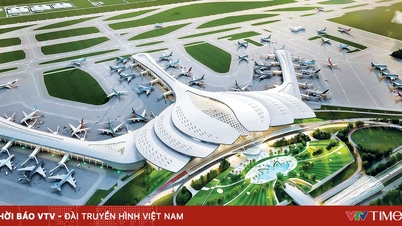
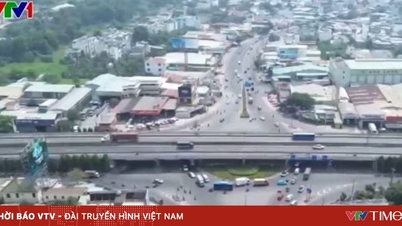
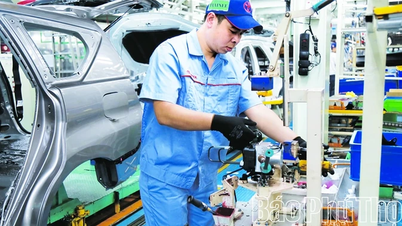

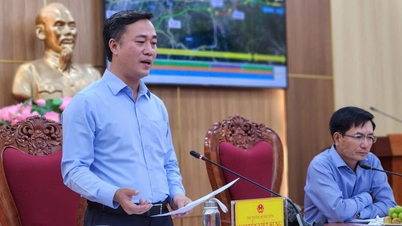

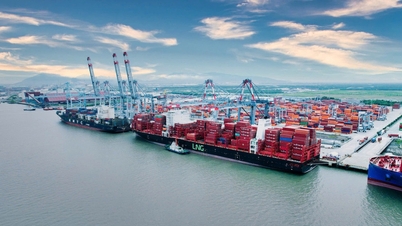
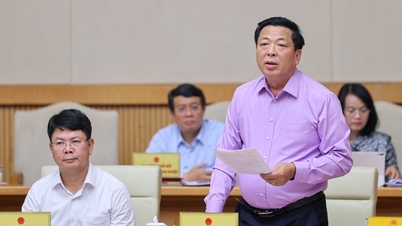


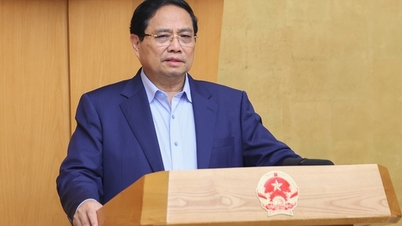
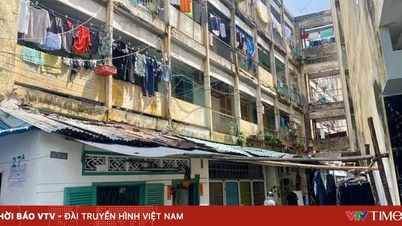
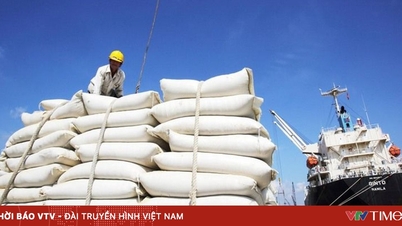
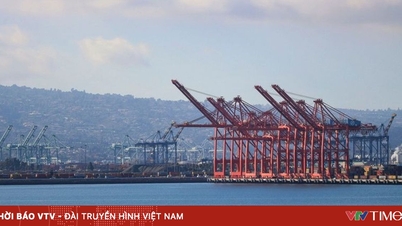




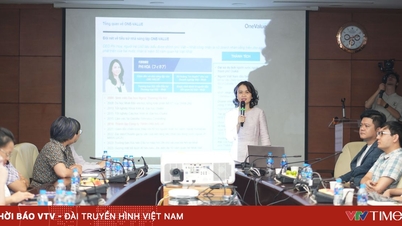
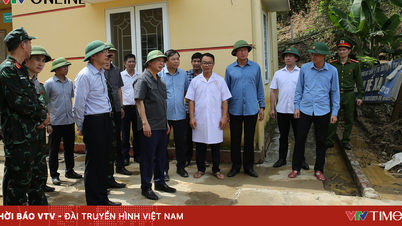

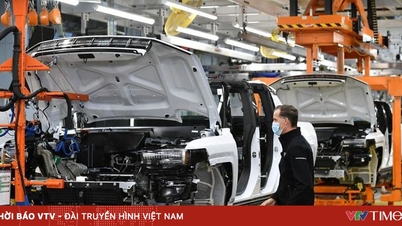
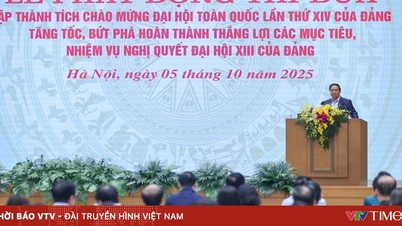
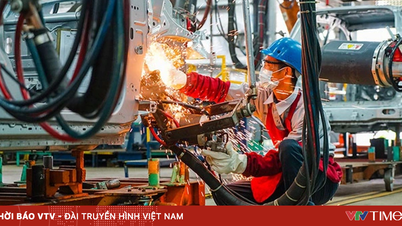


























![[VIDEO] Summary of Petrovietnam's 50th Anniversary Ceremony](https://vphoto.vietnam.vn/thumb/402x226/vietnam/resource/IMAGE/2025/10/4/abe133bdb8114793a16d4fe3e5bd0f12)

![[VIDEO] GENERAL SECRETARY TO LAM AWARDS PETROVIETNAM 8 GOLDEN WORDS: "PIONEER - EXCELLENT - SUSTAINABLE - GLOBAL"](https://vphoto.vietnam.vn/thumb/402x226/vietnam/resource/IMAGE/2025/7/23/c2fdb48863e846cfa9fb8e6ea9cf44e7)















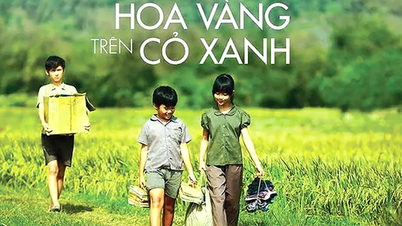
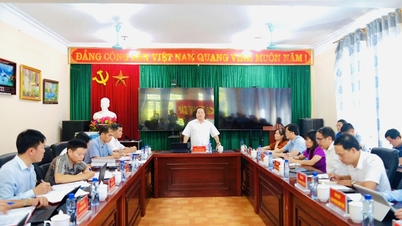
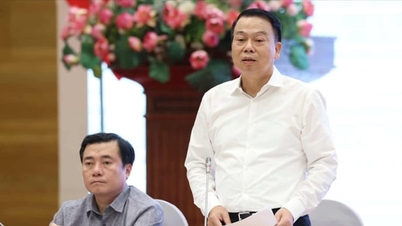

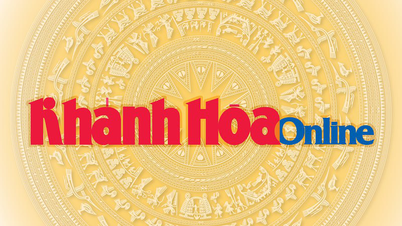

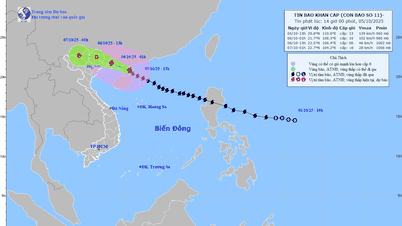













Comment (0)